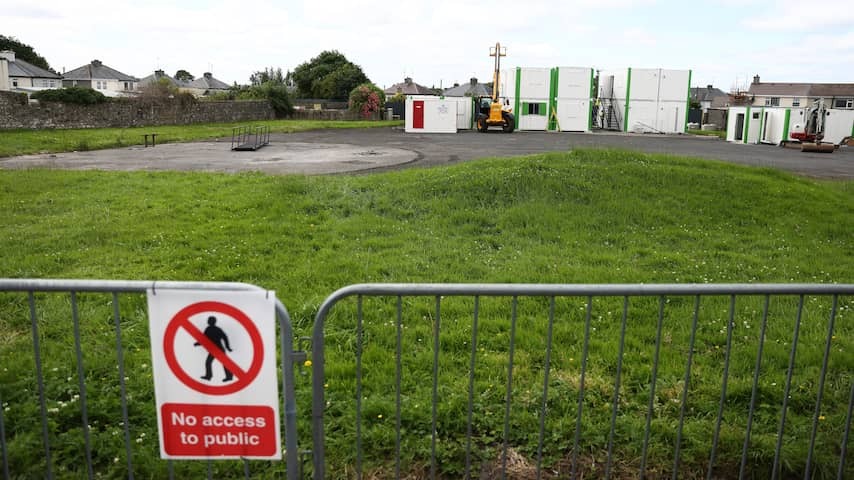
In the Irish town of Tuam, full excavations are starting on Monday in an ongoing investigation into the St Mary’s home. Babies who died in the church institution may have been buried in a mass grave.
Last month, the first work began on the site, so that the full excavations could start this month.
In St Mary’s, many unmarried girls and women who were pregnant were received. In the strictly Catholic Ireland of the last century, these women were often rejected by their families.
There were certainly ten such institutions, which were also called mother-and-child homes. It is estimated that a total of around 35,000 pregnant girls and women were sent there.
Amateur historian Catherine Corless discovered that at least 796 babies died in St Mary’s between 1925 and 1961, often from infectious diseases such as tuberculosis or measles. But nothing was found about burials.
Human remains were found on the site where the home stood in the mid-1970s. The local population has always been told that these remains were from victims of the Irish famine (1845-1850).
New indications in 2014
In 2014, Corless found indications that remains could be from the babies who died in St Mary’s. That suspicion was confirmed three years later after trial excavations by the Irish police.
On Monday, new excavations will start at the suspected location of the mass grave. The excavations will take at least two years. The aim of the investigation is to identify as many children as possible via DNA analysis and give them a dignified reburial.